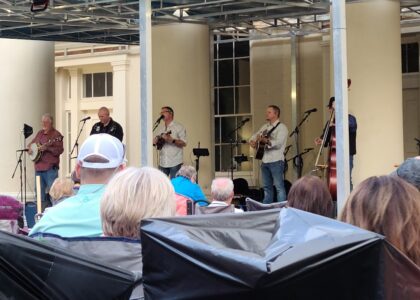Welcome to the Poshuouinge Ruins Trail, a portal to the ancient past nestled in the stunning landscape of Abiquiu, New Mexico. As you walk along this trail, you are treading where the ancestral Puebloans once thrived. Poshuouinge, meaning ‘village above the muddy river’ in the Tewa language, was inhabited from around 1375 to 1475 AD. This site was home to approximately 2,000 people, making it one of the largest villages in the northern Rio Grande region.
The pueblo itself was constructed using local materials, primarily adobe and stone, which have left enduring impressions on the landscape. The structure was strategically built on a mesa, providing its inhabitants with a commanding view of the surrounding area, including vital water sources from the Rio Chama. This location was not chosen by chance; it offered a fertile environment for agriculture where they cultivated corn, beans, and squash, the staples of their diet.
Throughout its history, Poshuouinge was a bustling hub of trade and culture. The inhabitants engaged in a vibrant exchange of goods and ideas with other Puebloan communities, as well as with distant cultures. Pottery sherds found here show intricate designs and influences from neighboring regions, indicating a rich tapestry of cultural interaction.
One of the most fascinating aspects of Poshuouinge is its abandonment around 1475 AD. Although the exact reasons remain a mystery, it is believed that environmental changes, resource depletion, or sociopolitical factors could have contributed to the migration of its people to other areas.
Today, the Poshuouinge Ruins Trail offers visitors a glimpse into the lives of these ancient peoples. The trail itself guides you through the remnants of the past, with informational signs providing insights into the daily life of the Puebloans. As you stand here, imagine the bustling activity that once filled the air, from the laughter of children to the rhythmic sounds of daily chores.
Poshuouinge stands as a testament to the ingenuity and resilience of the ancestral Puebloans, offering modern visitors a profound connection to a bygone era.


